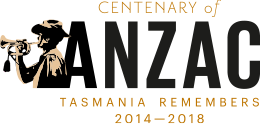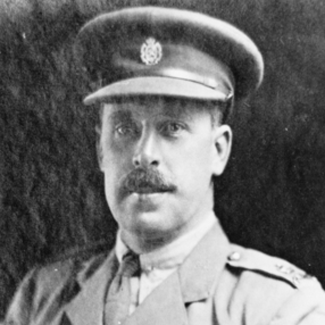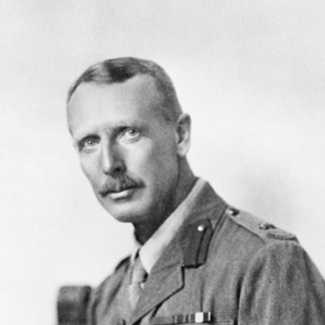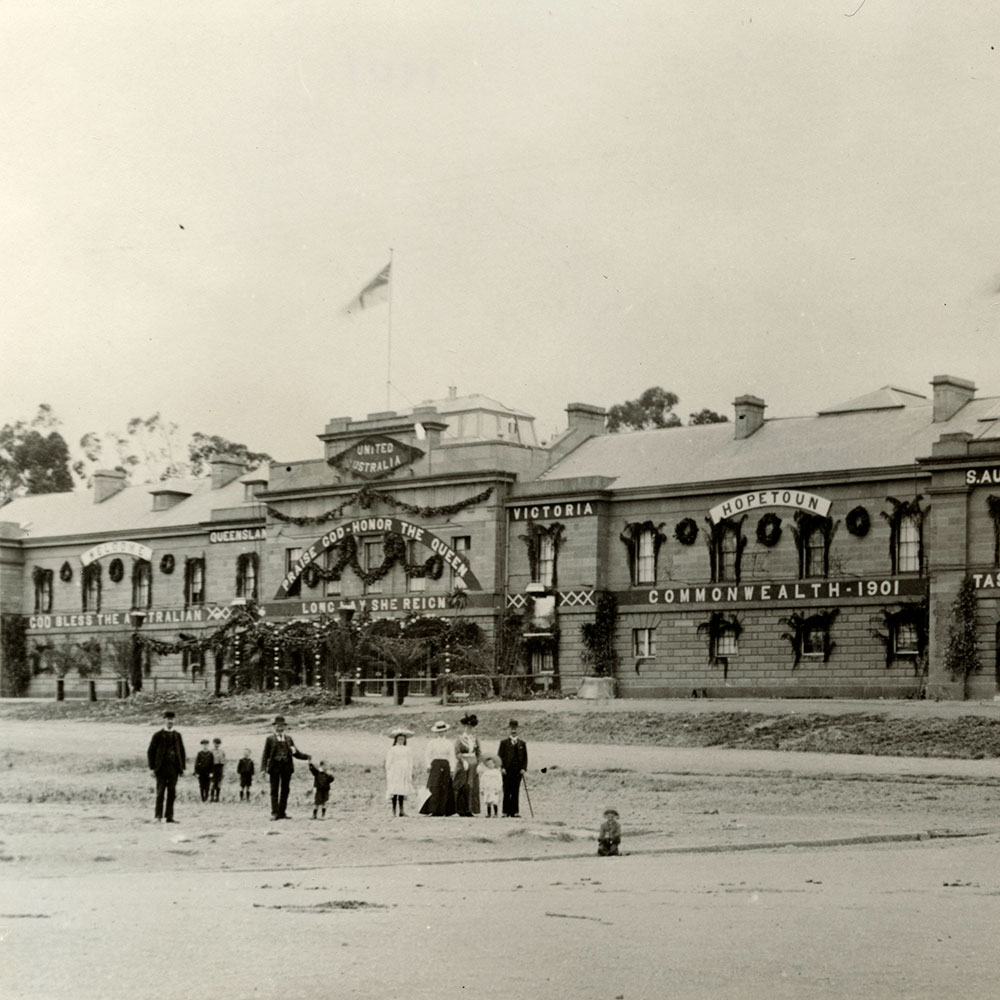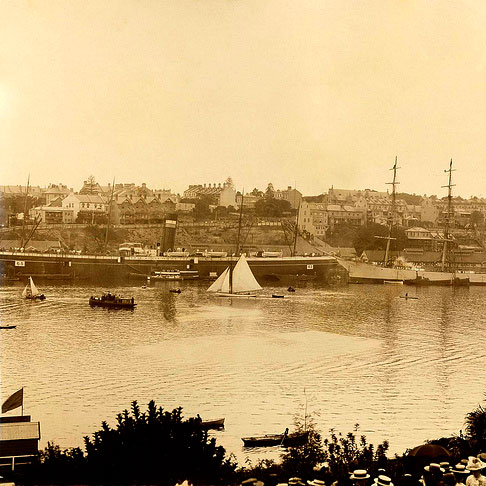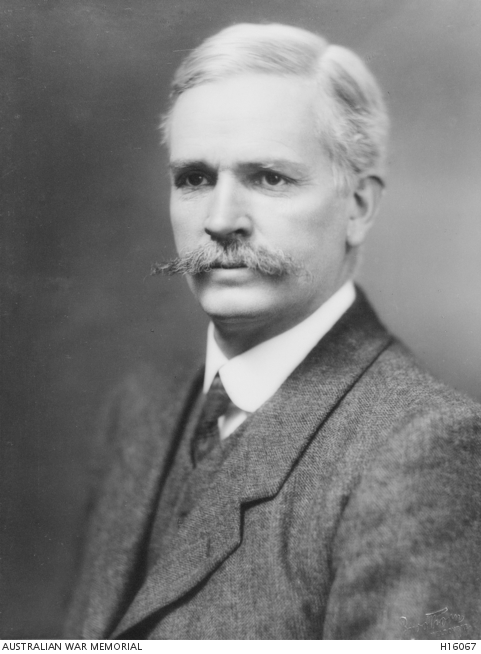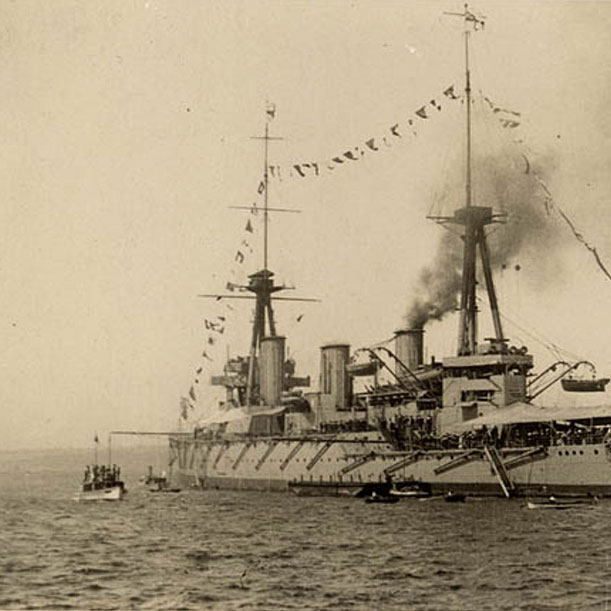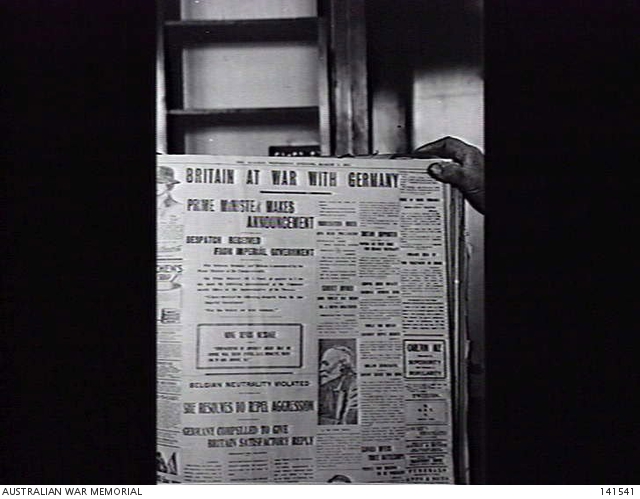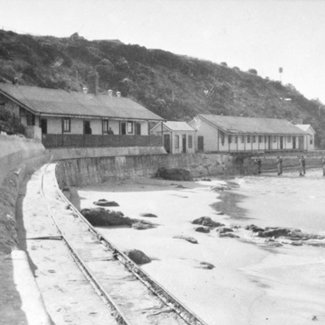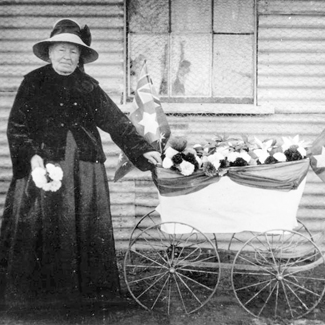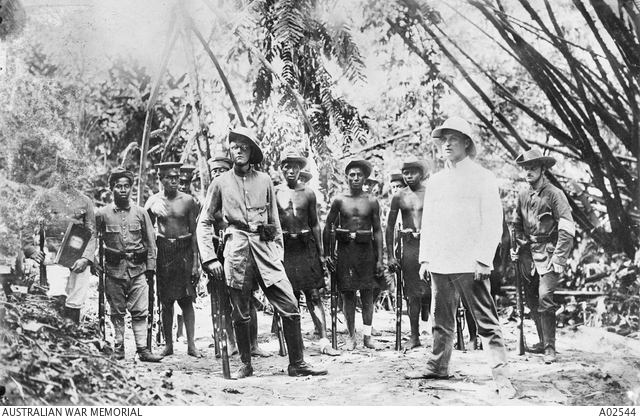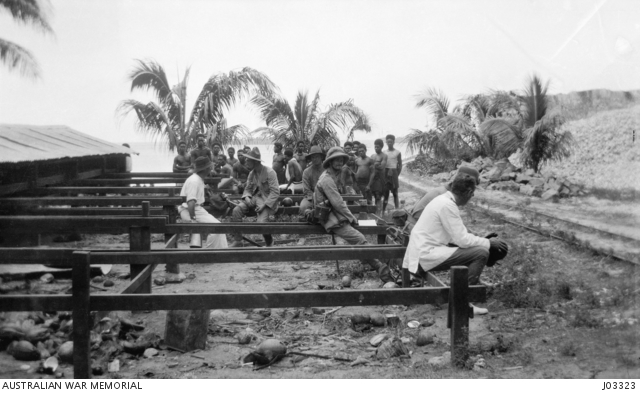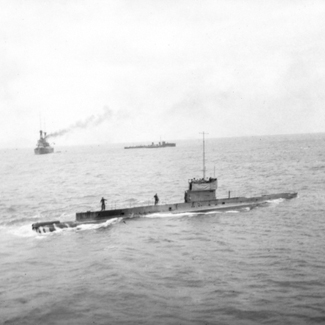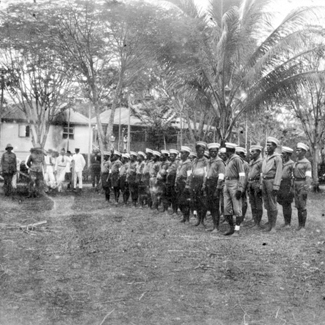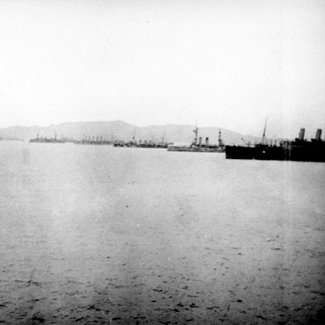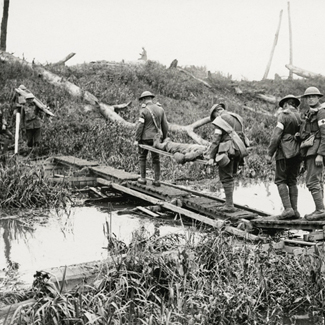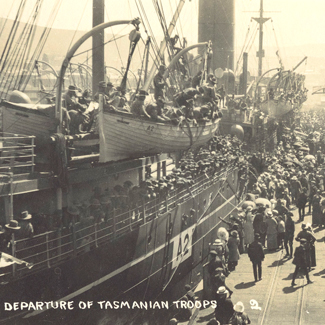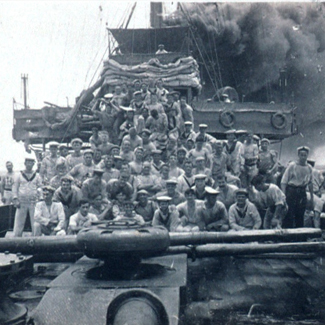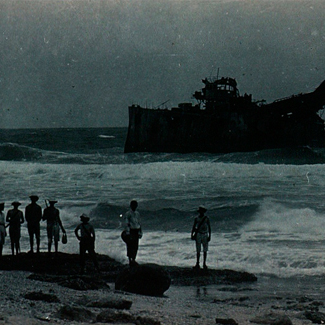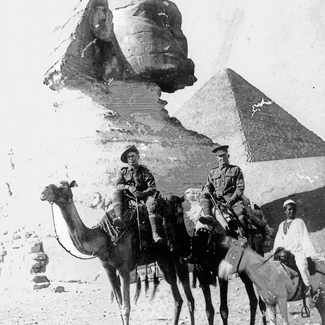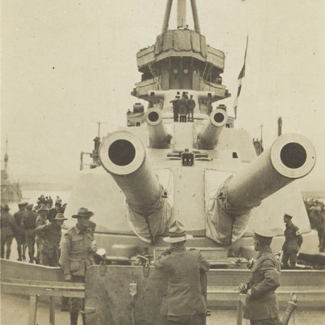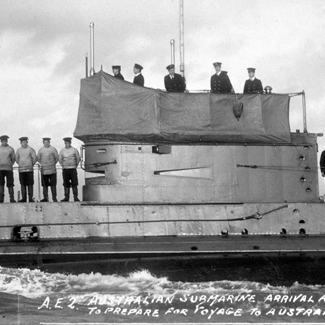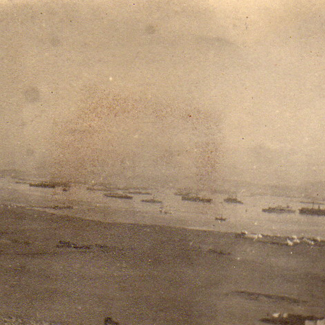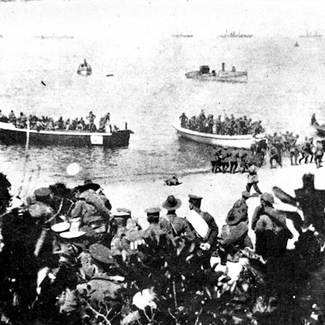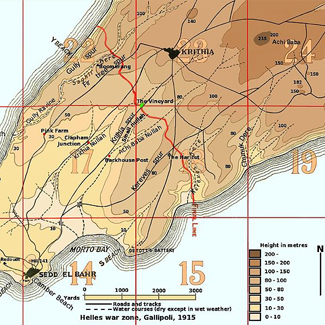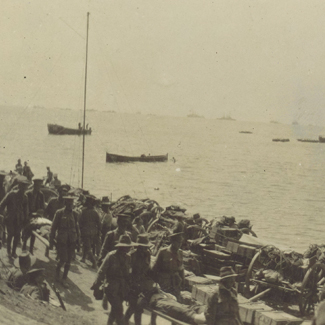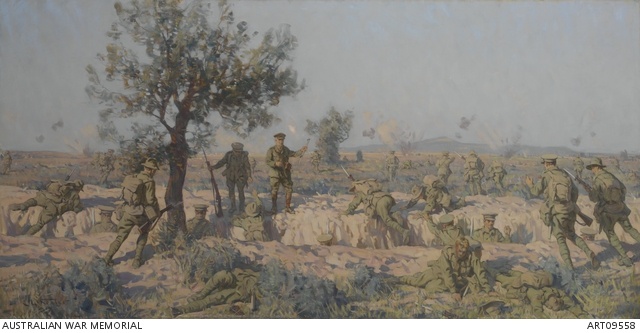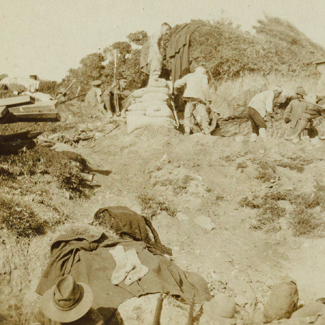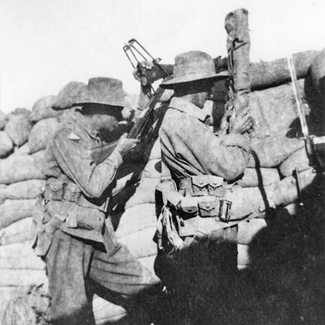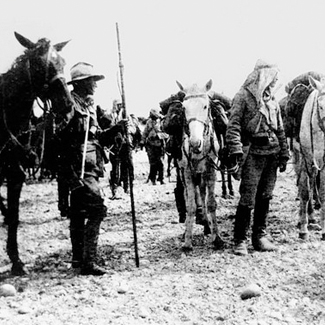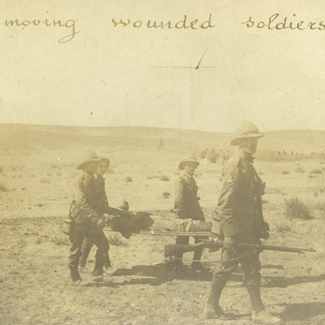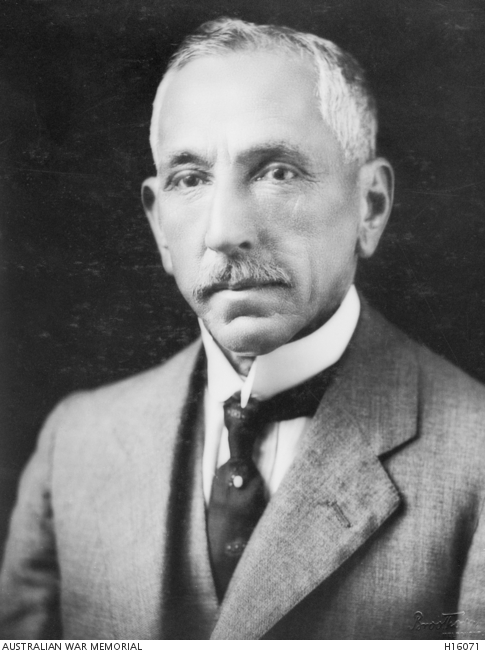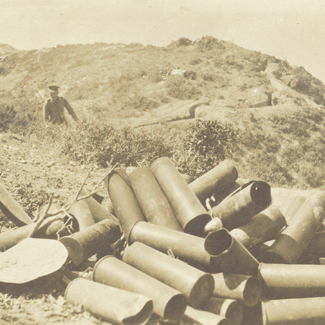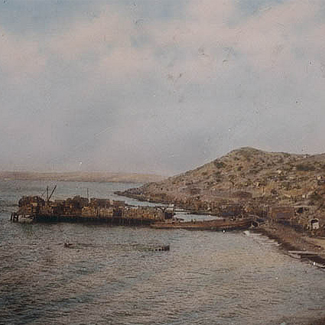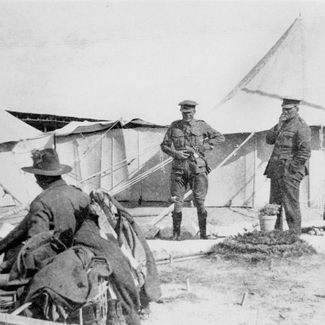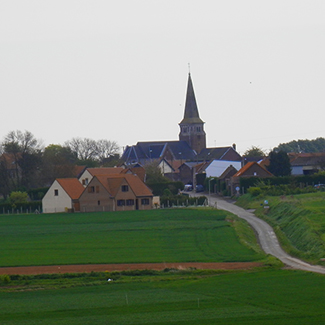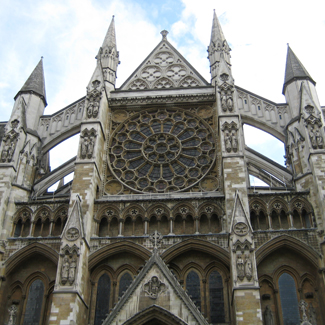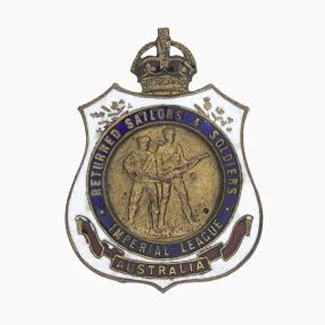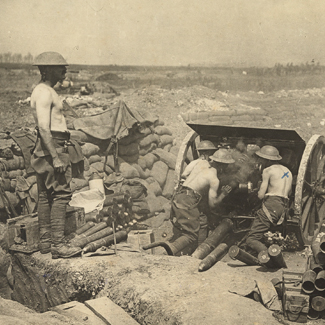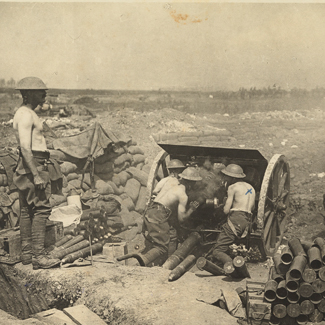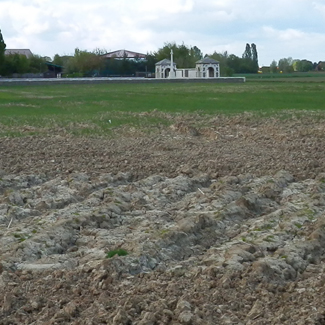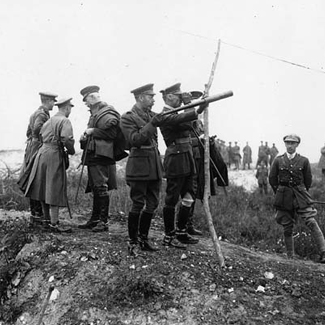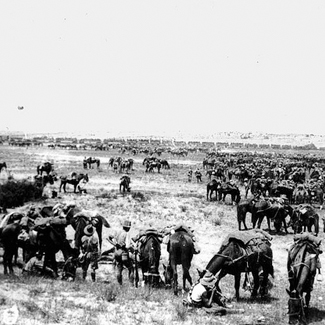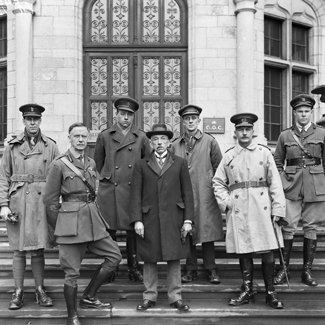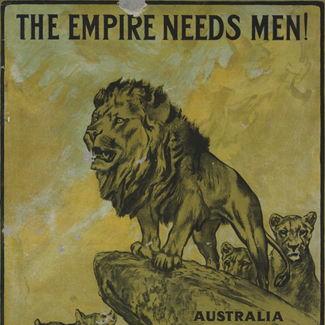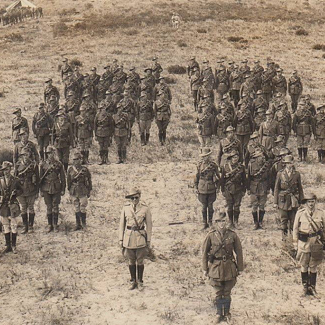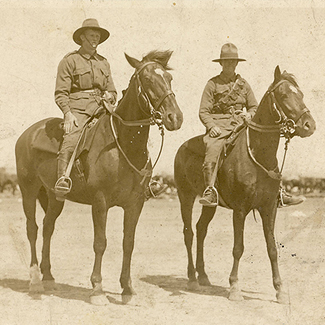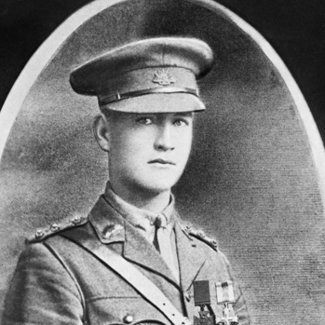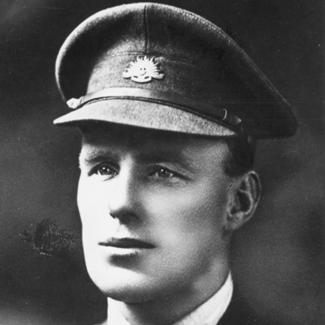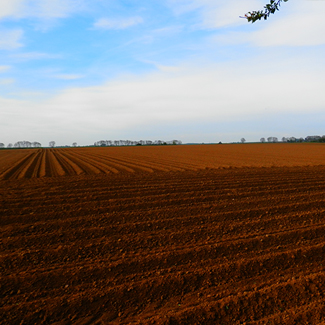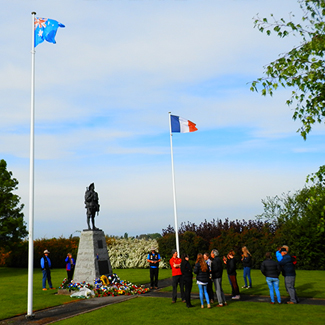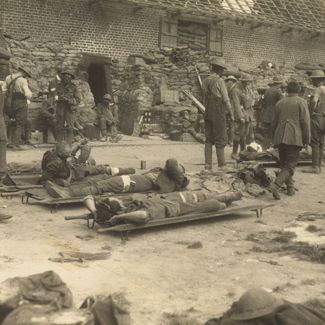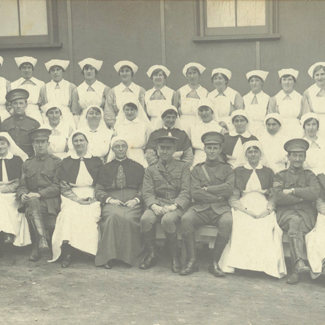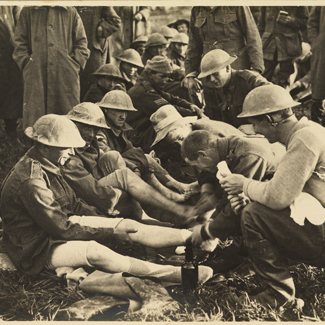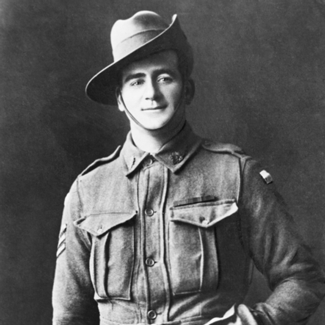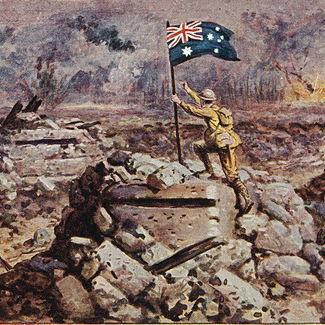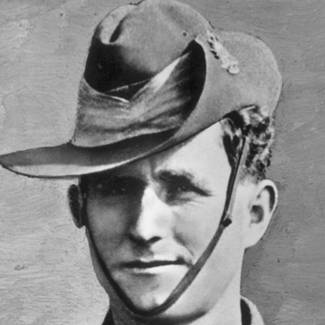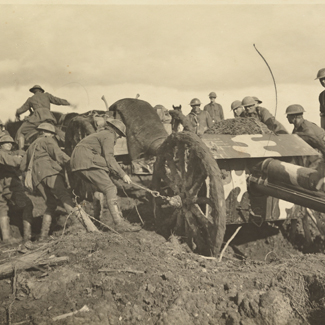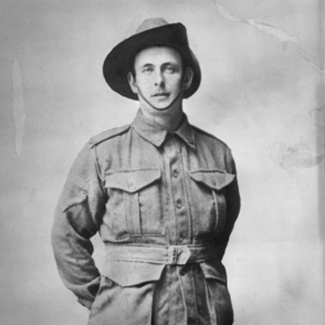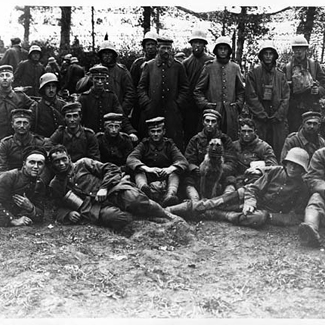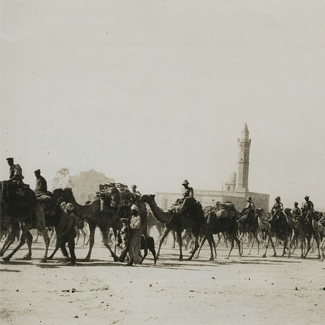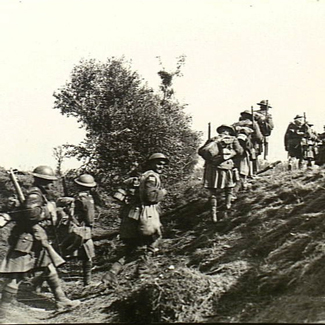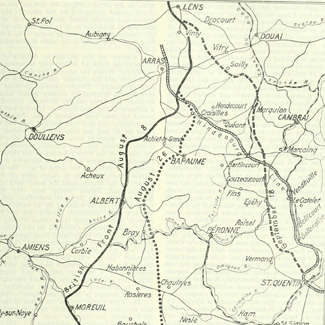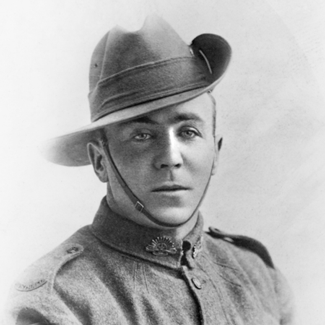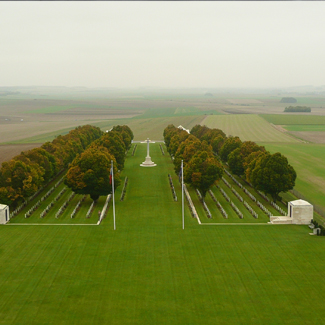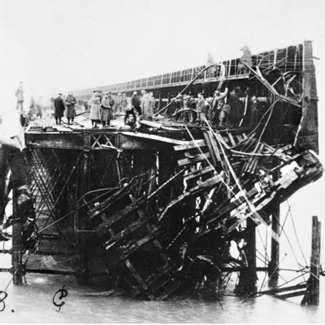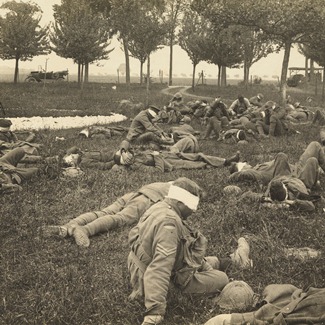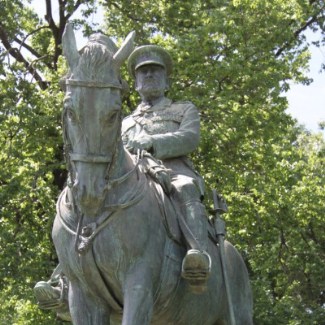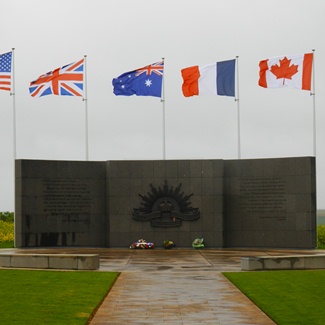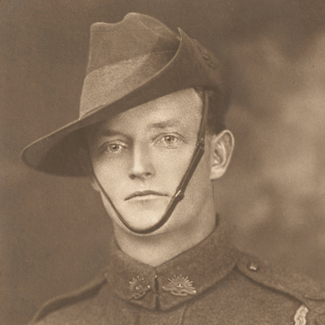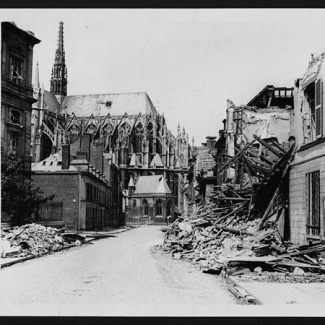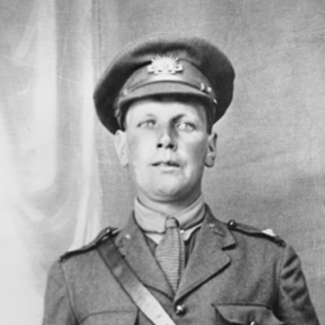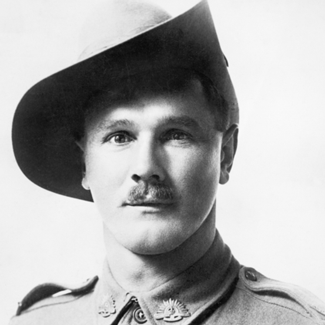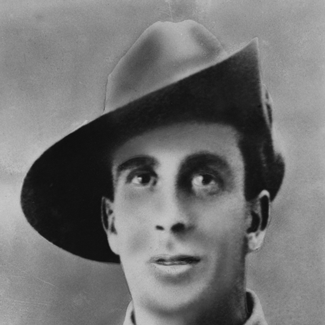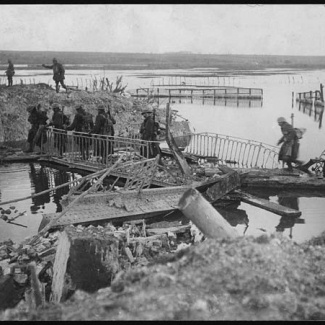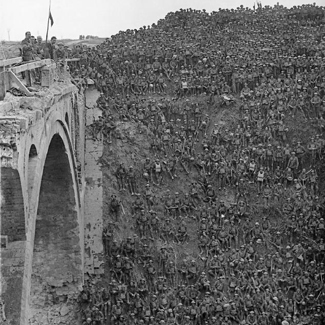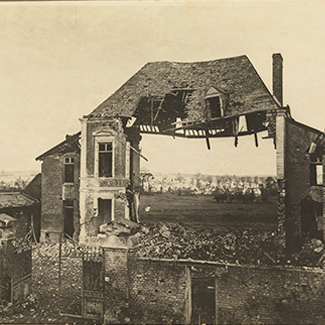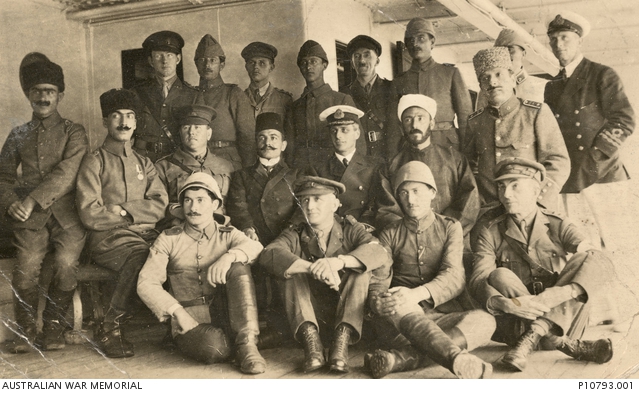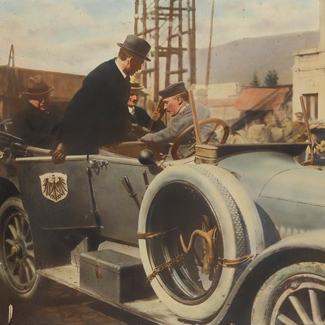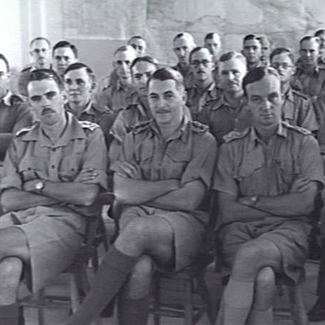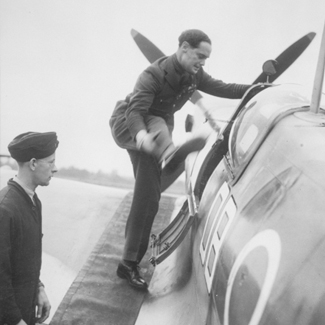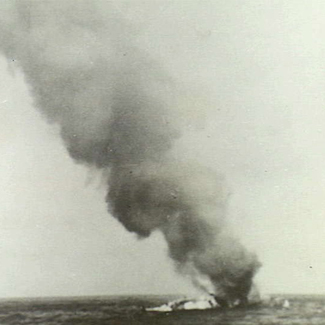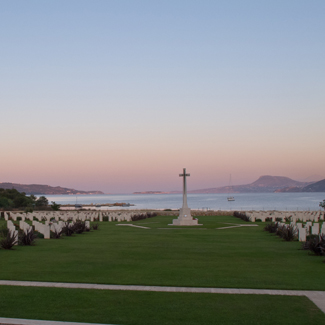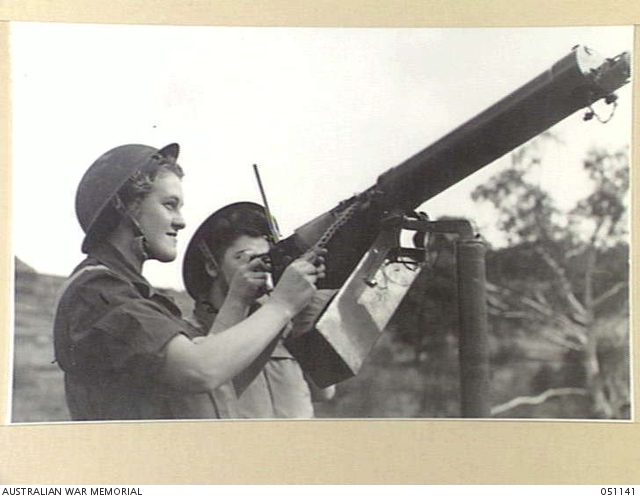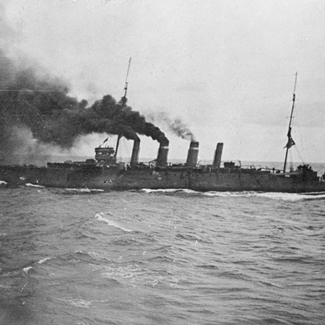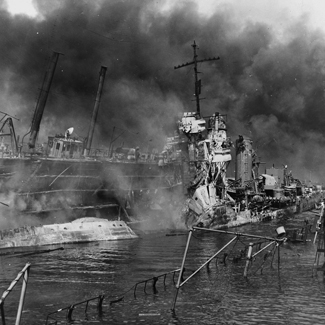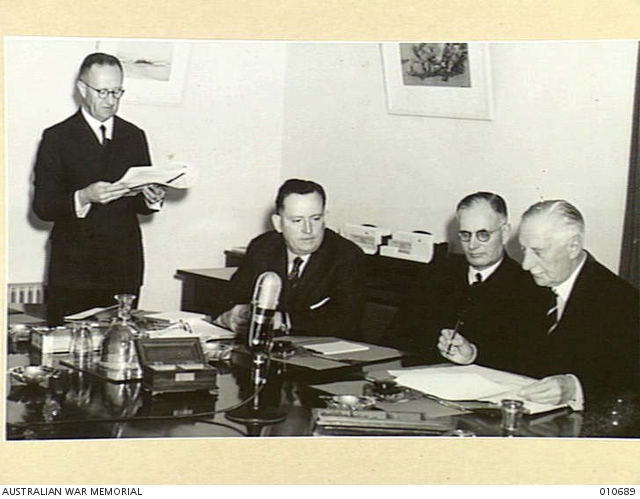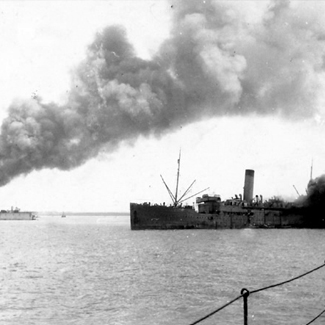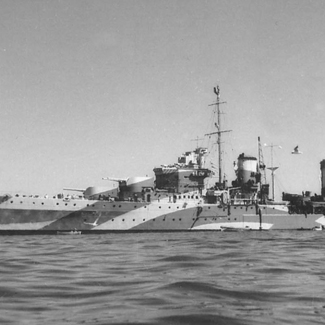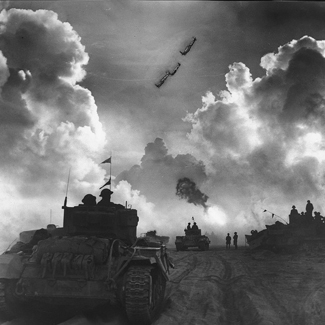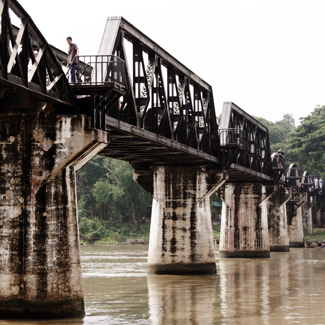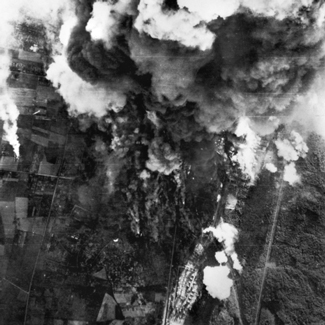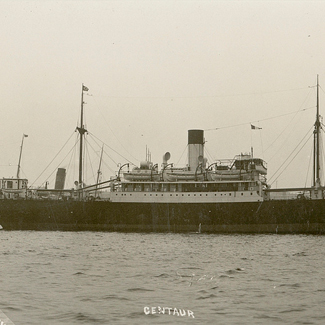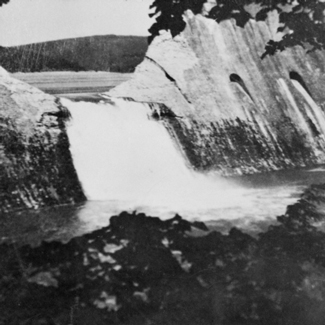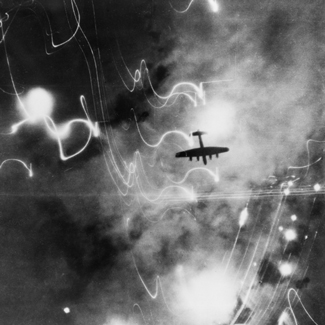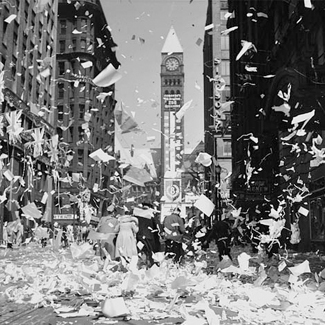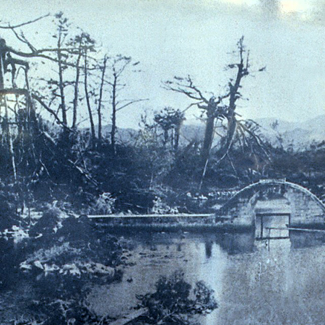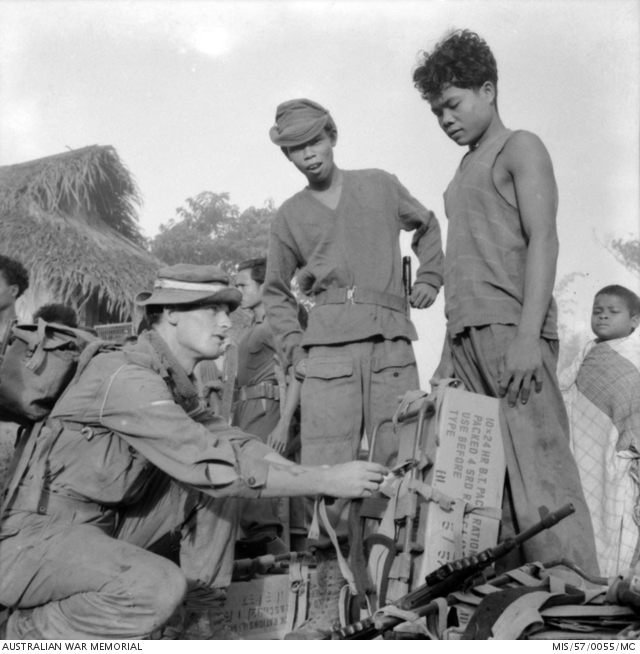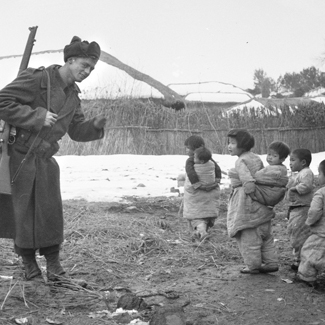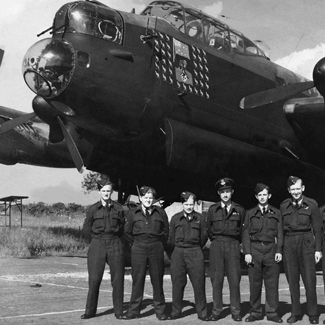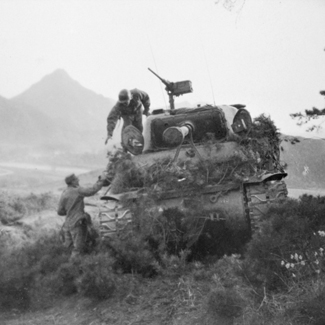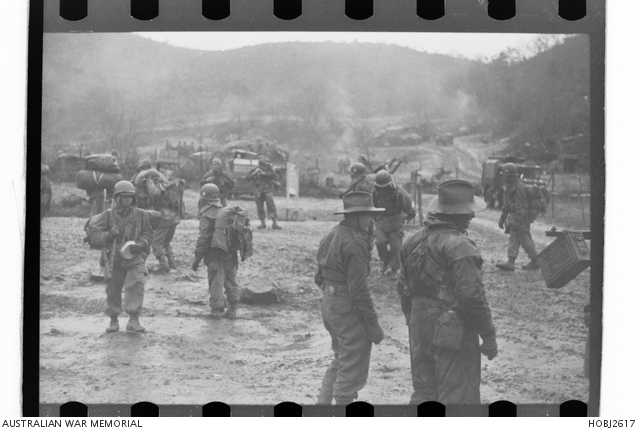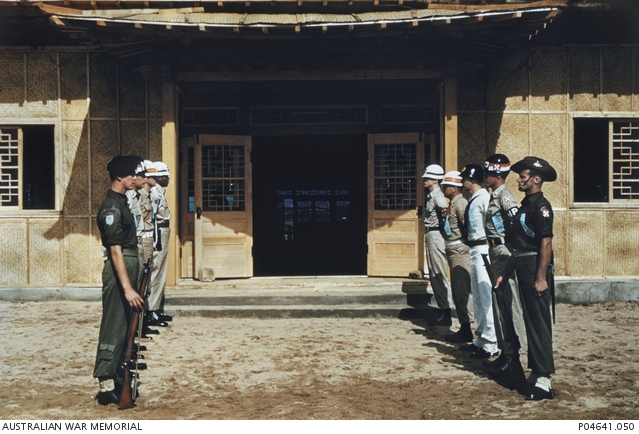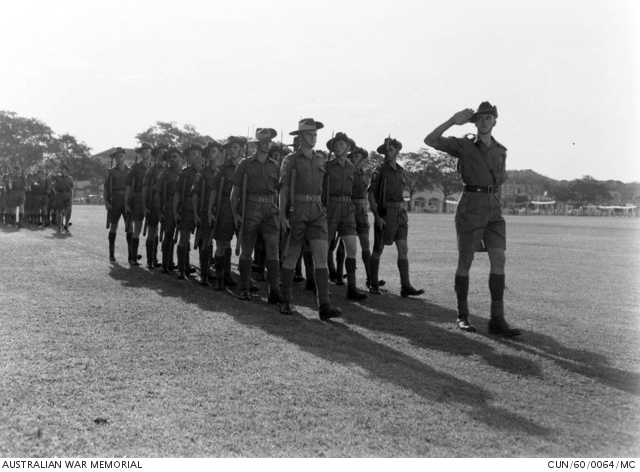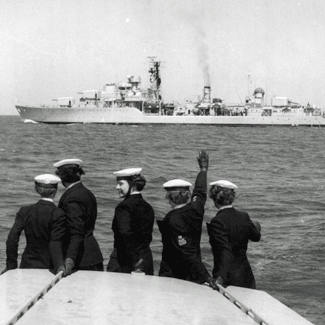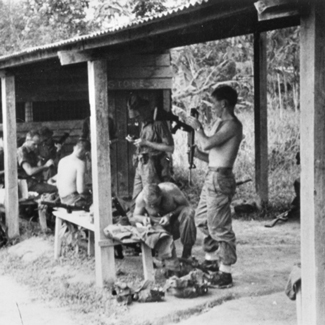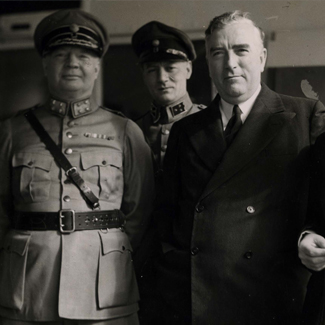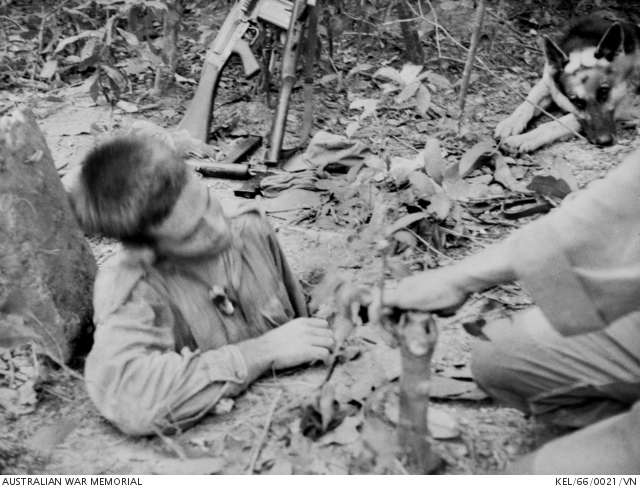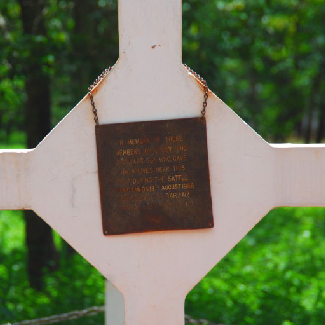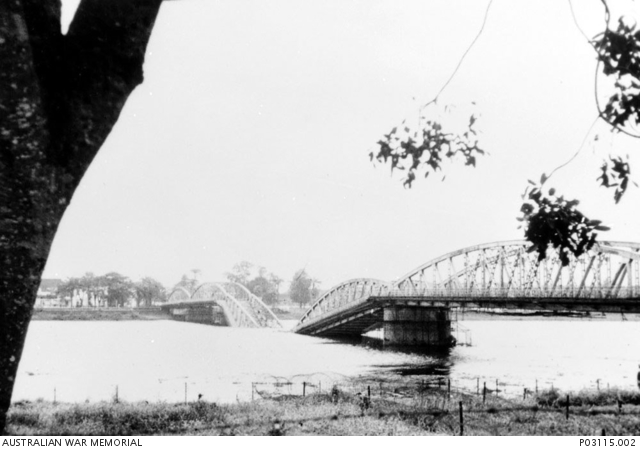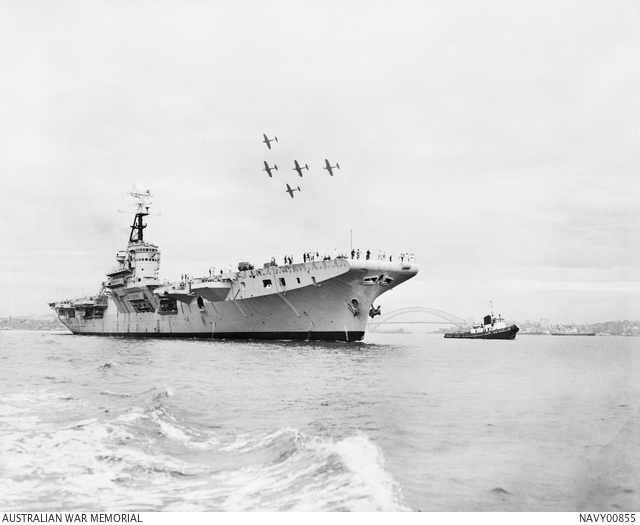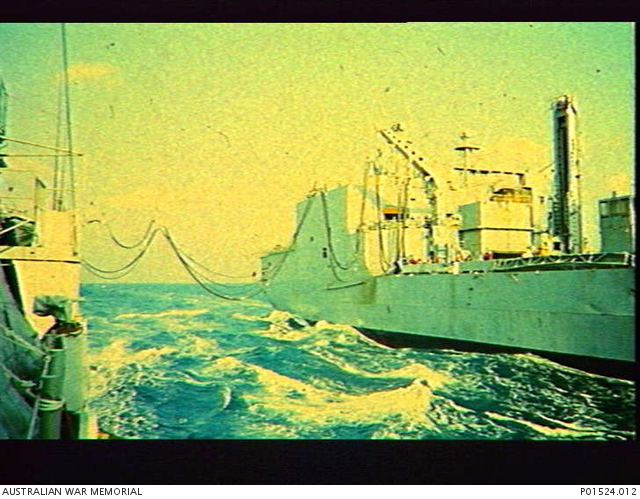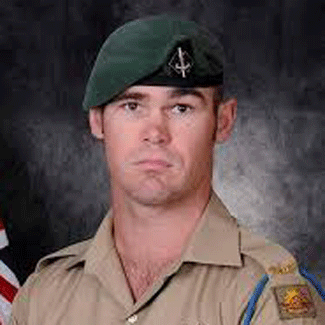Timeline
The Centenary of ANZAC Timeline shows significant dates in Tasmania’s and Australia’s history, from wars, conflict and peacekeeping operations since the Federation of Australian in 1901. We encourage you to scroll through the timeline to learn more about our history.

Australia became an independent nation on 1 January 1901. The British Parliament passed legislation allowing the six Australian colonies to govern in their own right as part of the Commonwealth of Australia.
The Boer War commenced in 1899 and ran until 1902. Approximately 16 000 Australians enlisted with 600 of these men dying, half from disease and half in action.
Tasmania contributed four contingents of soldiers to serve during the course of the Boer War, totalling 558 men, of these 22 died.
Andrew Fisher, born on 26 August 1862, was appointed as the 5th Prime Minister of Australia. He was in office until 27 October 1915 after being absent from parliament without explanation for three sitting days.
Formation of the Royal Australian Navy (RAN). In 1909, a decision was made that Australia needed its own navy with the RAN being formed on 10 July 1911.
Great Britain declares war on Germany and its allies at 11pm. Australia’s Prime Minister, Andrew Fisher, pledged the Australian Government’s full support to Britain. This resulted in thousands of Australian troops being sent to battlefields in New Guinea, Turkey, the Middle East, Belgium and France. Thousands were killed and many more suffered from physical and psychological injuries which had ongoing impact on their return home.
The first shot of WWI fired from Fort Nepean to prevent German vessel “SS Pflaz” from leaving Port Phillip Bay.
Commencement of voluntary recruitment for the Australian Imperial Forces (AIF) commenced 5 days after war was declared. Many people enlisted out of a sense of duty. The payment of 6 shillings a day was also an incentive to enlist.
Red Cross established in Australia.
Expeditionary force departed Australia to capture German possessions in Pacific.
The British withdrew their naval mission from Turkey.
The Battle of BitaPaka saw the Australian Naval and Military Expeditionary Forces land at Rabaul in New Guinea and six days later took possession of, what was then, German New Guinea.
German New Guinea was the first part of the German colonial empire. In 1914 Australian forces Completed the seizure of German New Guinea which consisted of the northeaster part of New Guinea and several nearby islands.
Tasmanian troops from the Tasmanian 12th Battalion, departed on the troopship ‘Geelong’ from Ocean Pier on Hobart’s water front bound for Albany. On board there were 29 officers and 996 other ranks of which only 600 returned. Ocean Pier was Hobart’s largest and most active pier in the early 1900’s.
The Pier was built from 1 300 piles, each 110 ft in length and 2 000 000 ft of timber with a total weight of 15 400 tons. The shed, which sat on the Pier, was made from 3 000 square ft of glass along with iron and steel. Once finished, the Pier was 1 210ft long with the shed being 646ft long and 61ft wide.
The Pier later burnt down and now remains at the bottom of the Derwent River.
Australian troops began disembarking at Alexandria, Egypt to begin their training in the desert for World War One.
The troops were originally to be trained in Britain prior to confronting the front line in France, but due to lack of suitable accommodation they were force to divert to Egypt.
First Australian conscription referendum held.
As the casualties in France mounted, sustaining an all-volunteer force became increasingly difficult for Australia’s small population. Prime Minister Billy Hughes took the issue to the people in a referendum to grant the government the power to force citizens to serve overseas during the war.
Australia voted ‘no’ to conscription by a small margin. Tasmania vote ‘yes’, along with Victoria and Western Australia.
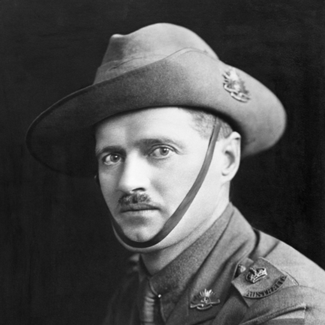 4th February 1917
4th February 1917
Lieutenant Colonel Harry Murray VC, CMG, DSO (and Bar), DCM, CROIX DE GUERRE
Third Battle of Ypres commenced. In a series of water-logged battles in Belgium around Ypres and Passchendaele. Four Australian Divisions lost a total of more than 11 000 men in less than two weeks of fighting. For Australia, 1917 was the worst year of the war. The Battle of Ypres finished on 10 November 1917.
Battle of Broodseinde, Belgium.
The Battle of Poelcappelle (Belgium), also known as the First Battle of Passchendaele. The aim of this Battle was to attack and take possession of the Passchendaele Ridge. However, rain begun to flood an already poorly drained battlefield and the troops were forced to withdraw. 1250 casualties sustained in this battle.
Battle of Beersheba, Palestine, took place.
The final phase of this all day battle was the famous mounted charge of the 4th Light Horse Brigade. Commencing at dusk, members of the brigade stormed through the Turkish defences and seized the strategic town of Beersheba.
The capture of Beersheba enabled British Empire forces to break the Ottoman line near Gaza on 7 November and advance into Palestine.
Prime Minister Hughes announced a second conscription referendum to be held in December 1917.
This Battle was the first in history involving the employment of tanks en masse. The initial assault was spectacular success, demonstrating the power of the tank when employed in a shock role, and ripped a hole almost ten kilometers wide and six kilometers deep in the German line. Mechanical failures among the tanks, the deployment of German reserves, and the obstacle presented by the St. Quentin Canal sapped the attack of its momentum after the first day.
On 30 November the Germans launched a counterattack employing twenty divisions and by 7 December, they had recaptured all of the ground that was taken from them.
The operation cost approximately 45 000 British, and 50 000 German dead and wounded.
PICTURE: AWM – H06947
Canadian Scottish troops moving forward prior to attacking Cambrai.
The second conscription referendum was held. The Government’s proposal was again defeated with a stronger, though still small, ‘no’ majority.
The Government’s proposal was again defeated with a stronger, though still small, ‘no’ majority. Russia signed an armistice with Germany.
First Trans-Jordon operation, Amman.
Commencement of the Battle of Dernancourt, France.
Battle of Morlancourt, France commenced on 28 March 1918 and run until 30 March 1918.
First Battle of Villers-Bretonneux, France, where Australians repel a German attack, but the village was later lost by British troops.
Zeebrugge was an outlet for German U-boats and destroyers based in the canal at Bruges.
The Raid on Zeebrugge was an attempt to block the canal by sinking three cruisers, Iphegenia, Intrepid and Thetis. To do this they would have had to pass a long harbour pier with a battery at the end. It was therefore later decided to storm the pier by using an old cruiser and two ferries. Despite many attempts and much bravery, the battery stayed intact.
Of the 11 Australians who took part in the raid, seven were decorated for bravery.
This was a pivotal battle of World War One that involved a combined force of British, Australian and American forces in an attack against the German Hundenburg Line. Under the command of Australian general Sir John Monash, the assault achieved all its objectives, resulting in the first full breach of the Hindenburg Line, in the face of heavy German resistance.
This Battle ended on 10 October 1918.
PICTURE: Brigadier General J V Campbell addressing troops of the 137th Brigade (46th Division) from the Riqueval Bridge over the St Quentin Canal.
The Hindenburg Line - the last and strongest of the German army's defence - consisted of three well-defended trench systems.
Throughout September 1918, Australian forces had helped the British army to secure positions from which an attack on the Hindenburg Line could be launched.
An attack on 5 October was to be the last in which Australian troops would take part. The last brigade fought and took Montbrehain village, and with that, the Hindenburg Line was completely broken. The defence of this sector was then handed over to Americans troops, while the Australians, exhausted and depleted, were withdrawn for a rest.
Armistice with Turkey was signed.
Australian and Ottoman Turkish officers and officials on board the Australian No. 2 Hospital Ship, SS Kanowna, which arrived at Fouges Bay, about 16 km north of Smyrna, that morning, the day that the Armistice between Turkey and Great Britain and its allies came into force. The purpose of the ship's visit was to pick up Australian, British and Indian prisoners of war (POWs) of the Turks and take them to Egypt. On its departure from Turkish waters the next day were 758 released POWs, including eight women and the crew of the Australian submarine AE2 which had been sunk in the Sea of Marmara in April 1915.
The Empire Air Training Scheme was introduced to allow a pool of trained aircrew to be established that could serve with the RAF during WWII.
Realising it did not have the resources to maintain the RAF at an adequate strength to confront Germany, the United Kingdom proposed in September 1939 that 50 elementary flying schools be established in Australia, Canada and New Zealand.
Australia undertook to provide 28,000 aircrew over three years, which represented 36% of the total number of aircrew proposed to be trained under the scheme.
Announcement made that Australia was officially at war with Japan.
The Governor General, Lord Gowrie, read the proclamation announcing that Australia is at war with Japan in the presence of (from left) the Secretary of the Prime Minister's Department, Mr F Strahan; the Minister for the Army, Mr Forde, and the Prime Minister, Mr Curtain.
The Battle of Milne Bay began on the south-eastern tip of Papua. Milne Bay offered a sheltered harbor and was selected for development as an Allied base, the key component of which were three airstrips. These facilities also made it a key stepping stone for the Japanese in their drive towards Port Moresby and late on the night of 25 August 1942 a force of 2 000 marines were landed to capture them.
The 2/12th Battalion, made of recruits from Tasmania who were trained at the Brighton Army Camp, played a vital role in the first defeat of the Japanese on land during the Pacific War. It did come at a cost of 167 Australian 14 Americans lives.
The Battle ended on 7 September 1942.
This Battle was a five month long campaign of strategic bombing against the Nazi Germany Ruhr area launched by the Royal Air Force’s Bomber Command. Its targets were the cities and towns of the Ruhr Valley which was Germany’s industrial heartland. It proved quite difficult due to the large amounts of industrial pollution and haze generated by its industrial plants. The Battle ended in July 1943 when the mounting losses of Bomber Commands continue. The campaign bombed twenty-six major Combined Bomber Offensive targets. It killed around 15 000 Germans and 5 000 British and Commonwealth air crew.
PICTURE: AWM- 128337
An oil target in the Ruhr Area under attack by 116 Lancaster Aircraft of RAF Bomber Command. About 600 Tons of Bombs were dropped on and around the plant.
Operation Chastiss was part of the Battle of Ruhr. It was an attack on German dams by the Royal Air Force using a specially developed ‘bounding bomb’. The Möhne and Edersee Dams were breached, causing catastrophic flooding of the Ruhr valley and of villages in the Eder valley. Two hydroelectric power stations were destroyed and several more damaged. An estimated 1 600 people drowned. The damage of power stations, factories and mines were mitigated by rapid repairs by the Germans, with production returning to normal in September.
PICTURE: AWM – PO3751.001
The Eder Dam after it was breached by bouncing bombs dropped by specially modified Lancaster bombers of 617 Squadron RAF.
Berlin was a difficult target as it lay at the extremity of the range of the heavy bombers and was heavily defended. This Battle consisted of a series of sixteen raids on the German capital. The Battle ended on 24 March 1944. Overall, the offensive cost Bomber Command almost 600 bombers and 2 690 aircrew. They did however kill 10 305 Germans and destroyed 27 per cent of the built-up area of Berlin.
PICTURE: AWM – 128251
A map of the Berlin District being examined, detailing bombed and burnout areas.
This Battle was one of the last battles of World War Two. It was fought between the German 1st Parachute Army and the British VIII Corps for the control of Hamburg. The Battle ended on 3 May 1945.
PICTURE: AWM - SUK11190
A Lancaster bomber aircraft of RAF Bomber Command illuminated by flares and anti-aircraft fire during an air attack on the city of Hamburg.
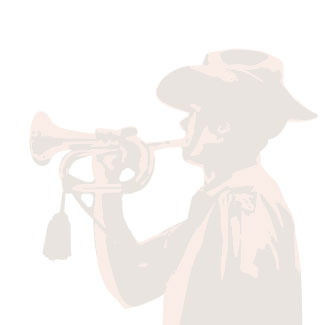 14th September 1947
14th September 1947
First deployment of Australians into United Nations peacekeeping operations
Malayan Emergency declared.
Corporal (Cpl) Jeff Smith, 23, of Launceston, Tasmania, 2nd Battalion, The Royal Australian Regiment (2RAR), with Malayan bearers, recruited from the Sakai Reserve.
Korean War Armistice was signed at Panmunjom.
United Nations guards standing at ease outside the hastily built building at Panmunjom, in which the armistice was signed on 27 July 1953. The guard is formed of representatives of some of the major UN nations and includes US Army and Navy military police and unidentified Australian (right) and British (left) soldiers. Photo by Australian Mr Douglas (Doug) Bushby who devoted much of his time to relief and missionary work amongst Korean refugees, orphans and North Korean and Chinese prisoners of war.
Malayan Emergency ended.
Members of 1st Battalion, The Royal Australian Regiment (1RAR) taking part in the ceremonial parade to mark the successful and official conclusion to the end of the Malayan Emergency in 1960, in Ipoh, Malaysia.
HMAS Voyager was a Daring class destroyer of the Royal Australian Navy (RAN), that was lost in a collision.
During the night of 10 February 1964, Voyager and the aircraft carrier HMAS Melbourne collided off Jervis Bay, when the destroyer passed in front of the carrier during post-refit sea trials. Voyager was cut in two by the collision, sinking with the loss of 82 of the 314 people aboard.
The Daring’s were built in sections, upside down from the centre, then rolled onto the slipway. They were the first prefabricated all-welded ships to be built in Australia, and used light alloys extensively both in the superstructure and in interior sub-divisions and fittings. At the time they were the largest conventional destroyers to be built for the RAN.
Battle of Ho Bo Woods, South Vietnam.
In January 1966, a Sapper of 3 Field Troop emerges from a Viet Cong (VC) tunnel by a trapdoor in the ground during Operation Crimp in the Ho Bo Woods with troops of 1 Battalion, The Royal Australian Regiment (1RAR). The concrete trapdoor was covered with earth and grass and saplings were grown in it so that it carefully blended in with the rest of the vegetation, and is virtually impossible to detect.
Commencement of Tet Offensive, one of the largest military campaigns of the Vietnam War.
The main bridge over the Perfume River which was partially destroyed during the North Vietnamese Army (NVA) and Viet Cong (VC) Tet Offensive, in Vietnam, between 30 January and 25 Februray 1968.
Last voyages by HMAS Sydney, which transported the last major elements of Australia’s forces from Vietnam back to Australia.
During the Korean wartime, the HMAS Sydney was an aircraft carrier. In 1962, Fireflies and Sea Furies flew in formation to mark the conversion of the HMAS Sydney into a troop carrier. Between 1965-72, the ship made 22 voyages to and from Vietnam in support of the Australian Task Force and one further voyage to South Vietnam and the Khmer Republic (Cambodia) in November 1972.
The HMAS Sydney and its crew of 645 went down in the Indian Ocean on 19 November 1941 after conflict it encountered with a German raider. Members of the Finding Sydney Foundation Search Crew used sonar technology to locate the ship.
The ship was found about 100 nautical miles off Steep Point, more than two kilometres below the ocean's surface.
PICTURE: AWM – EN0194
The light cruiser HMAS Sydney steams towards Rabaul.
